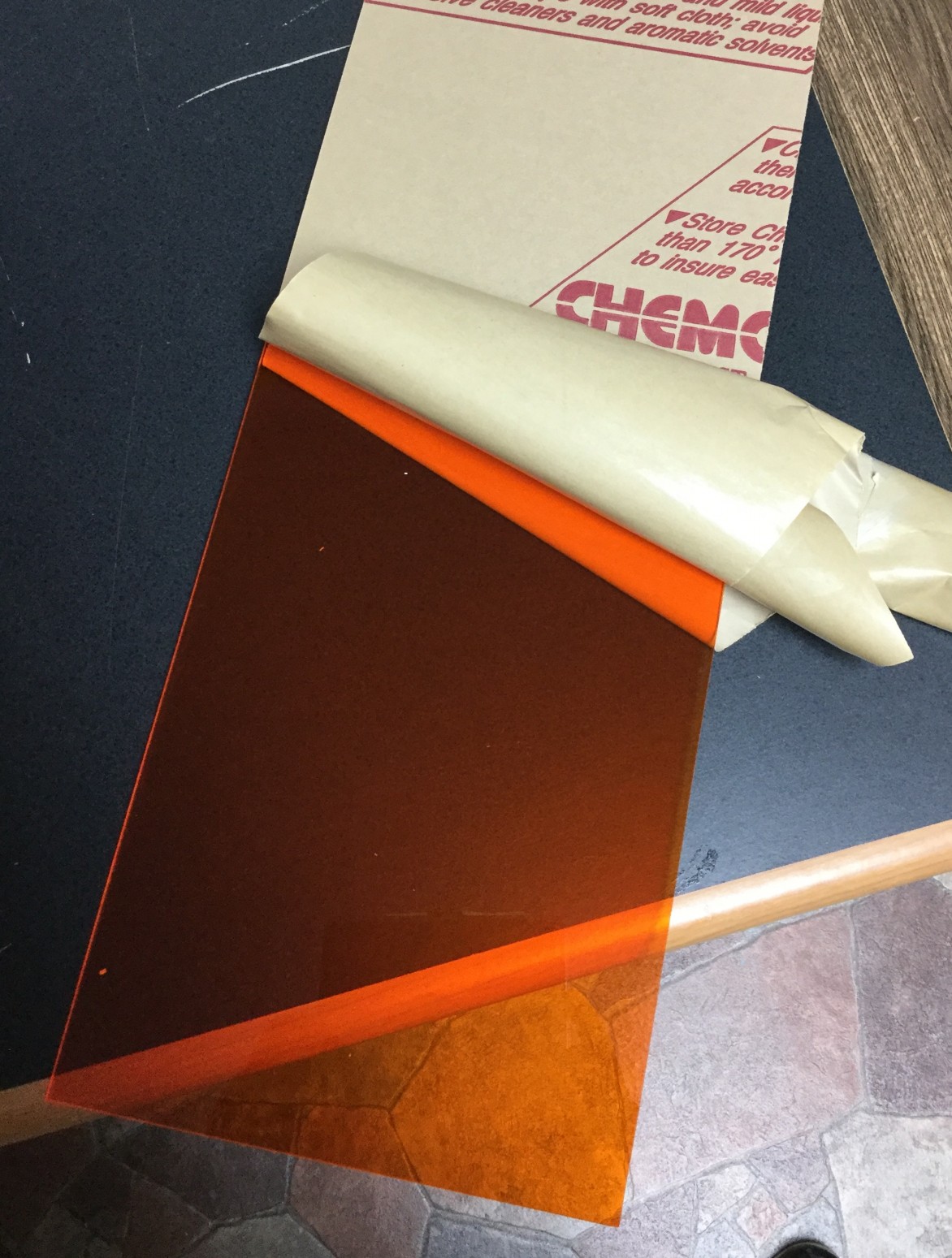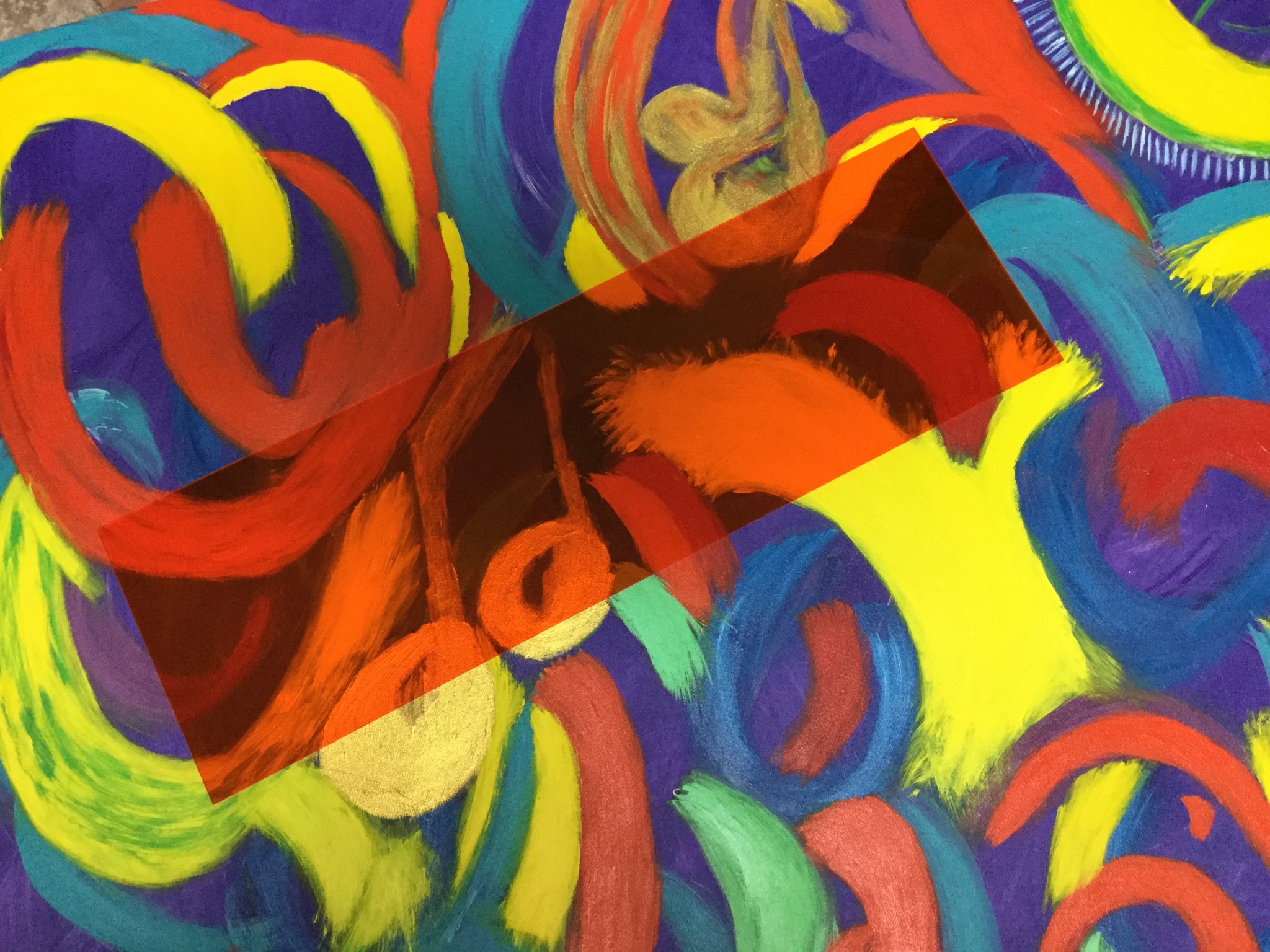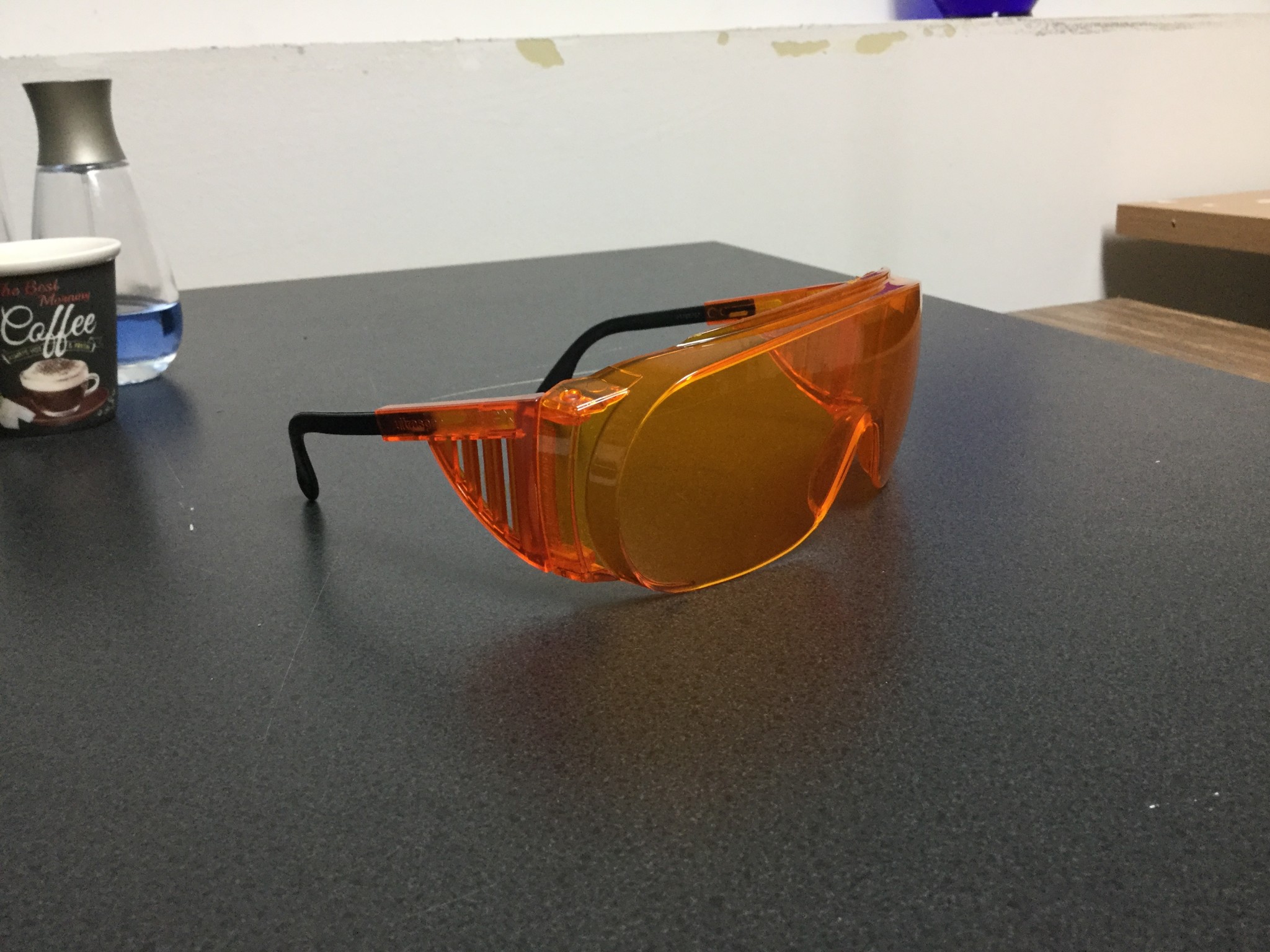Having written more than 50 books and hundreds of technical articles, I know a lot about computer networking and security, Windows Server administration, and other stuff of interest to the IT professional. Unfortunately, there’s another thing that I also know a lot about: eyestrain.
The growing problem of eyestrain
Eyestrain is a growing problem, and not just for IT pros but also for the general population. The proliferation of different kinds of digital devices — PCs, laptops, tablets, smartphones, and now smartwatches — seems to be increasing the incidence of eyestrain, as this Chicago Tribute article from earlier this year documents. As my own tablet and smartphone use has escalated in the last couple of years, I’ve personally noticed more frequent problems with focusing my eyes.
For example, after spending an hour on my smartphone, I’ll put it away and slip my distance glasses back on — and I suddenly realize I can’t see clearly in the distance. Or I’ll browse the news on one of my tablets for an hour and then decide I want to finish reading that novel I started. So I put away my tablet and slip on my reading glasses, and much to my consternation I find that I can’t see clearly enough to read what’s on the page.
It’s actually gotten so bad for me at times that I’ve been contemplating going back to a good-old reliable candy-bar dumbphone like the Samsung GT-E1182L E1182 DUOS Unlocked Quad-Band Dual SIM GSM Phone with Dual SIM Standby Support, FM Radio and Organizer. Sorry, but I just had to use the full name of that product as it sounds so dang impressive. And believe it or not, I know several high-powered IT pro geeks who travel the world and who use and recommend this phone!
But not all of us in the IT business can afford to ditch our smartphones, smash our tablets, and throw out our laptops. What’s an IT pro like myself to do if I have a growing eyestrain problem?
Software solutions
There are the software solutions that are floating around. One of these, called f.lux, is popular with Screeners (a word I coined myself for people like me who stare at digital screens of various sizes all day long). This product is available for just about any platform including Windows, OSX, iOS, Android, and even Linux. I tried out f.lux on my main work PC, and while it seemed to have some positive effect, I still found I was experiencing vision problems whenever I looked away from my PC. (And yes I did see an ophthalmologist and there’s nothing organically wrong with my eyes.)
I also found an app called Twilight for my Android tablet, and this seemed to help somewhat. But before you use this or another lux-filtering app on your tablet or smartphone, be sure to read what this Reddit thread says about how such apps may cause damage to AMOLED displays.
The release of iOS 9.3 with its new Night Shift feature also made it less straining to my eyes to spend time with my iPad. What I’ve done is simply configure Night Shift to automatically turn on each night at 1 a.m. and turn itself off the following midnight. In other words, I’ve got Night Shift running 23 hours a day on my iPad with the “warmness” setting set almost all the way. (See this article on GeeksBlog.com for how you can configure this feature.) Of course, I turn Night Shift off whenever I want to show someone photos or watch a movie on my iPad.
The blue-blocking approach
Still, none of these software solutions seem to have solved my eyestrain problem, which is probably caused by my aging eyes. So about a year and a half ago I began a quest to find a better approach. Having a background in physics, I reasoned that if the underlying issue is the excessive blue light being emitted by digital screens, then what would happen if you entirely blocked out all blue light from the screens of my devices?
My research eventually led me to a company called ePlastics, which provides plastic materials and fabrication services. One of their products, called Amber Plexiglas 2422, is described as being 100 percent effective at blocking all ultraviolet wavelengths because it cuts off light with wavelengths shorter than 540 nanometers. In other words, it blocks not just blue light but also everything beyond blue, including violet light and the more harmful ultraviolet (UV) light. So I ordered a large sheet of this product and when I stripped off some of the masking it looked like this:

To see how well this plastic works at filtering out blue light, look what happens when I hold it up against one of my wife’s colorful paintings:

The effect is even more dramatic if I hold the plastic up against my eyes and look through it:

Needless to say, the world around would look quite a bit different if I looked through this amber-colored plastic all day long!
What I ended up doing was cutting some pieces of this plastic into sheets just large enough to cover the screens of the monitors on the computers I use most often. I bought some brackets from Home Depot and mounted the plastic over the screens and began working with them daily. Amazingly, after about three months I discovered that I not only was experiencing less eyestrain but my eyes could also refocus properly when I switched from working on a computer to wearing my distance or reading glasses!
When you’re away from the computer
But that’s not quite the end of the story. I still find that when I sit outdoors on a bright sunny day (unfortunately not common this last rainy summer here in Winnipeg, Canada) the glare from the bright blue sky can strain my eyes a lot. I tried various sunglasses including gray, amber, and Polaroid, and while these helped somewhat they often made it more difficult to read outside, which is one of my favorite summer leisure activities (though not during the rainy summer we had this year).
Once again I searched for a solution and was happy to stumble across Uvex, a brand of safety glasses produced by Honeywell. After checking on Amazon, I ended up ordering Uvex S0360X Ultra-spec 2000 Safety Eyewear, which uses the company’s SCT-Orange plastic that filters out all blue and shorter wavelength light. SCT stands for Spectrum Control Technology and uses special dyes in the plastic that absorb specific ranges of wavelengths. SCT-Orange plastic is designed for use in the dental industry and other environments where UV lamps are frequently used. (Here’s a PDF datasheet on the product.) The reason I ordered the wraparound safety glasses shown below was so I could wear them over my distance or reading glasses when necessary:

Later on, I ordered a pair of Uvex Skyper Blue Light Blocking Computer Glasses with SCT-Orange Lens, which are pictured here:

These glasses are more comfortable to wear than the wraparound type, although they can’t be worn over your distance or reading glasses. But they’re terrific if you just want to sit around in bright outdoor light and be able to see clearly while not straining your eyes. And I’ve found that wearing these make it more comfortable for me when I’m trying to unwind by playing chess on my iPad (which actually just makes me more tense).
A few caveats
Let me end with some warnings. First, I wore my wraparound SCT-Orange glasses recently to see the movie “Mechanic: Resurrection” starring Jason Statham and Jessica Alba. I noticed when watching the movie that Jessica Alba looked different, more like Amber Heard. (That’s a joke, get it?)
Anyway, the second thing is please don’t wear blue-light blocking glasses like these when you drive because you won’t be able to interpret traffic lights properly. You might end up running a red light or hitting the breaks when it’s green and getting rear-ended by another vehicle.
Finally, there’s a brand of sunglasses called BluBlocker that’s designed to block 100 percent of both UV and blue light. I bought a pair and they’re nice glasses, but they have a gradient tint in them so they aren’t as good as the ones from Uvex for viewing digital screens.
Photo credit: FreeRange Stock




Good and Interesting Article.
nice article